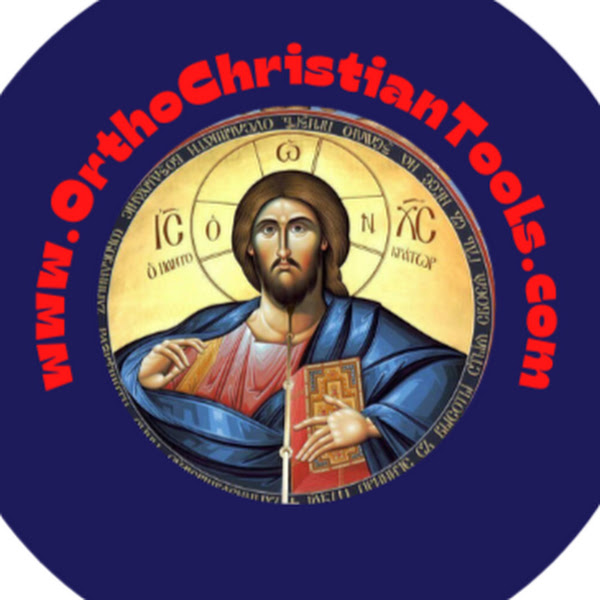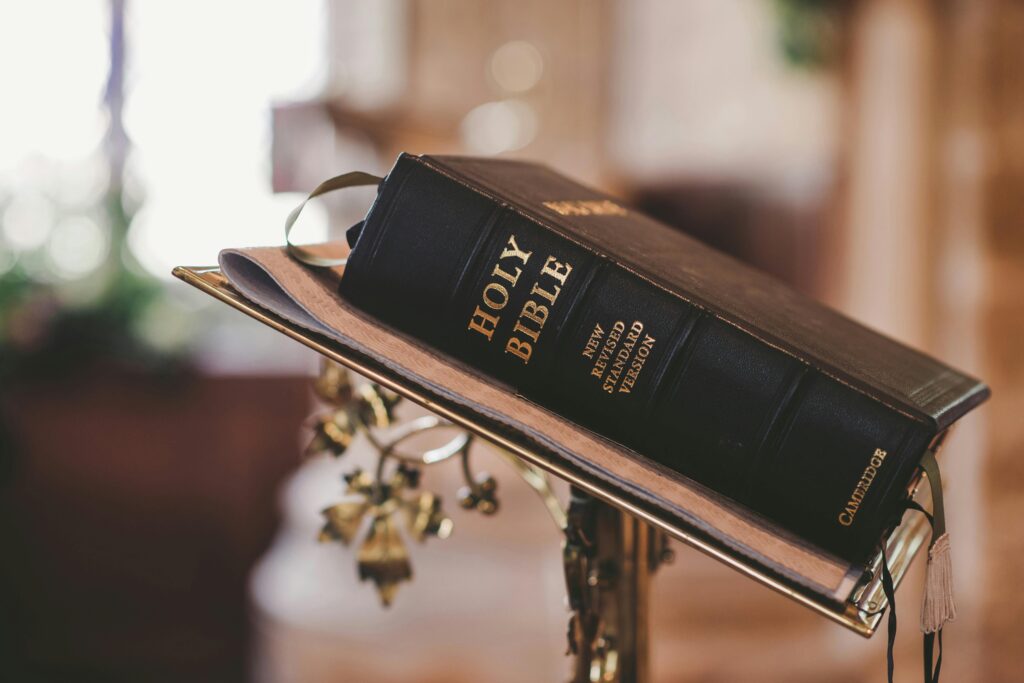For many Christians, opening the Bible can feel overwhelming. Where do we start? How do we understand what we read? For Orthodox Christians, the Holy Scriptures are far more than a collection of ancient texts—they are a divine letter from God, written to each one of us personally. In the words of Saint Tikhon of Zadonsk, an 18th-century Russian bishop and spiritual writer:
“If an earthly king, our emperor, wrote you a letter, would you not read it with joy? Certainly, with great rejoicing and careful attention. You have been sent a letter, not by any earthly emperor, but by the King of Heaven.”
This, then, is how we are called to approach the Bible: with joy, reverence, and a heart open to divine conversation. Christ speaks to us directly through the Scriptures. As we read, we are not simply scanning a text—we are praying, listening, and entering into a personal dialogue with the Word of God.
Let’s explore how to read the Bible through the lens of Orthodox Christianity—rooted in tradition, guided by the Church, centered on Christ, and inspired by obedience and wonder.
1. Read with Obedience: Listening as a Spiritual Discipline
The Orthodox tradition teaches that the first step in reading the Bible is obedience. This means more than following rules—it means approaching Scripture with humility, ready to listen. The Bible is divinely inspired and humanly expressed. God speaks through the words, but He does so through real human authors with their own voices, styles, and historical contexts.
Each Gospel, for instance, reveals a unique portrait of Christ:
Matthew emphasizes the fulfillment of Jewish prophecy and the Kingdom of Heaven.
Mark paints a vivid, fast-paced picture of Christ’s miracles and authority.
Luke shines with compassion and universality—Christ for all people.
John draws us into deep spiritual mystery, focusing on light, love, and divine union.
This diversity is a gift. It invites us to listen with both the ears of faith and the eyes of reason. Orthodox Christianity embraces critical study and deep reflection—but all within the spirit of obedience. We read not merely to acquire knowledge, but to answer a fundamental question: “How can I be saved?”
Reading Scripture should awaken awe and wonder. It’s easy to let the words become familiar and lose their sparkle. But the Bible contains “many rooms” we have yet to enter—depths of beauty and truth waiting to be discovered. Like a dream where hidden doors open to reveal light-filled spaces, our journey through Scripture should fill us with surprise and gratitude.
2. Read Through the Church: Scripture is a Family Inheritance
The Bible is not a private book. It belongs to the Church—and we interpret it within the Church.
The Church, guided by the Holy Spirit, tells us which books are Scripture and how to understand them. Just as the Ethiopian eunuch in Acts needed Philip’s help to understand what he was reading, we too need the guidance of the Church to fully grasp the meaning of God’s Word.
“We know, receive, and interpret Scripture through the Church and in the Church.” — Moscow Conference, 1976
This is why Orthodox Christians turn to the Fathers of the Church, to the liturgical life of the Church, and to the saints, who live Scripture from the inside out. Our faith is not built on isolated readings or personal interpretations. We read as part of a living, breathing community—the Body of Christ across time and space.
The Bible in the Church’s Worship
To read Scripture “ecclesially” means to pay attention to how it’s used in worship. Take, for example, the Old Testament readings at Vespers for the Feast of the Annunciation:
Genesis 28: Jacob’s ladder—a foreshadowing of the Virgin Mary, through whom heaven touches earth.
Ezekiel 44: The closed gate through which only the Prince may enter—a symbol of Mary’s virginity.
Proverbs 9: “Wisdom has built her house”—pointing to the Incarnation of Christ in the womb of the Theotokos.
These readings show us how the Church sees Christ (and His Mother) throughout the Scriptures—even in passages that may seem obscure at first glance.
On Holy Saturday, the Church gives us 15 readings from the Old Testament, each unveiling a piece of the puzzle of salvation. From Genesis to Jonah to Daniel, each story whispers the name of Christ, preparing us for the joy of Pascha.
3. Read with Christ at the Center: He Is the Key to Scripture
If the Bible is a cathedral, Christ is its cornerstone.
Every page of Scripture—Old and New Testament—points to Jesus. He is the thread that ties all the stories, prophecies, miracles, and teachings together. From the priest-king Melchizedek offering bread and wine (Genesis 14), to Jonah’s three days in the whale (a sign of Christ’s death and Resurrection), the Old Testament is filled with types—images and symbols—that prepare us for the coming of Christ.
Orthodox interpretation often uses this typological approach, seeing connections, patterns, and fulfillment in Christ. For example:
Joseph, betrayed and sold, becomes a picture of Christ the Suffering Servant.
Job, righteous and afflicted, prefigures Christ’s innocent suffering.
The Passover, deliverance through the blood of the lamb, prepares us for the true Pascha: Christ’s Resurrection.
As Father Alexander Schmemann once said:
“A Christian is the one who, wherever he looks, finds everywhere Christ, and rejoices in Him.”
That’s how we are to read the Bible—not as a series of disconnected moral lessons, but as a unified story of God’s love for humanity, culminating in Jesus Christ, the Word made flesh.
4. Read Personally: Scripture as a Living Encounter
Finally, our reading of the Bible must be deeply personal. Yes, we read with the Church. Yes, we use our minds. But above all, we read with our hearts.
Saint Tikhon reminds us that Scripture is not a monologue—it’s a dialogue. Christ speaks, and we respond. Each time we read, we are placing ourselves before the living God, asking Him to reveal Himself, to guide us, to change us.
Our model here is the Theotokos, the Mother of God:
She listens at the Annunciation and says, “Let it be to me according to your word.”
She ponders the mysteries of Christ in her heart.
She tells us, even now: “Do whatever He tells you.”
The Virgin Mary shows us the way of attentive, loving obedience—a posture of inner stillness, ready to receive God’s Word and live it.
Conclusion: The Bible as a Holy Invitation
To read the Bible the Orthodox way is to enter into a sacred mystery. It is to stand on holy ground, to hear God’s voice speaking to us across the centuries. We read with reverence, with the mind of the Church, with Christ at the center, and with hearts wide open.
Don’t be afraid of what you don’t understand. Don’t let the size or complexity of Scripture discourage you. Begin simply. Begin prayerfully. Begin now.
There are still many rooms in the House of Scripture waiting for you to discover.
Let the Word of God surprise you. Let it shape you. Let it lead you to Christ.

